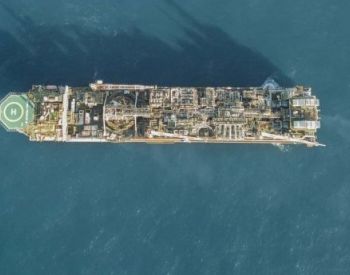Client
Due to commercial interest the client wishes to stay anonymous
Asset
Hook-up and commissioning of field
Location
Overview
The client was entering the hook-up and completion stage of the project for their new oil and gas field, which involves all necessary activities preparing for the start-up of oil and gas production from the field. This was the final phase in preparing for their new developments and involved the final connection together of components and teams. (Operations, Hook-up, commissioning, drilling & wells, pipeline commissioning and subsea).
During the hook up phase, many activities would be carried out at the same time which required though analysis and planning to ensure all activities ran smoothly and safely. Potentially, there would be unidentified work conflicts creating delays and suboptimal use of available bed capacity. Full consideration of the constraints that each activity during the hook-up would create was required to ensure this ran smoothly and safely.
How we helped
We provided the many safety hazard assessments which were required, including a HAZID (Hazard Identification) and a HAZOP. The HAZID was required to identify and quantify early identification of potential hazards and threats to people, the environment, assets or reputation. This is generally the first step in a primary risk assessment for any new facility. The HAZID identified any safety obstacles of their simultaneous operations (SIMOPS), which refers to any situation were two different activities are occurring close enough to each other that there is a risk of interference, clashing, or risk transfer. This analysis included not just assessing the client’s activities but also all third party working on hook up and commissioning activities as well.
We established a methodology for assessing risk for any schedule conflict and filtered relevant conflicts for multi-discipline discussions. This included preparing a number of SIMOPS/HAZID workshops to discuss and evaluate potential conflicts and assess schedule impact.
We carried out the Qualitative Risk Assessment (QRA) for this field and are planning HAZOPs for the same project in the near future.
The impact
A comprehensive excel spreadsheet including vba programming was established to identify SIMOPS conflicts. Workshops were coordinated with the client to optimise discussions, especially around limited availability of key personnel. Planning was assessed early to highlight significant conflicts, which enabled the field engineers to manage and optimise cooperation around the most critical conflict.
Benefits
- Ensured the delivery of the hook-up and commissioning stage ran smoothly with minimised risk.
- Reduced uncertainty
- Reduced production down time
- Developed optimum risk prevention and mitigation strategies
Related Services

